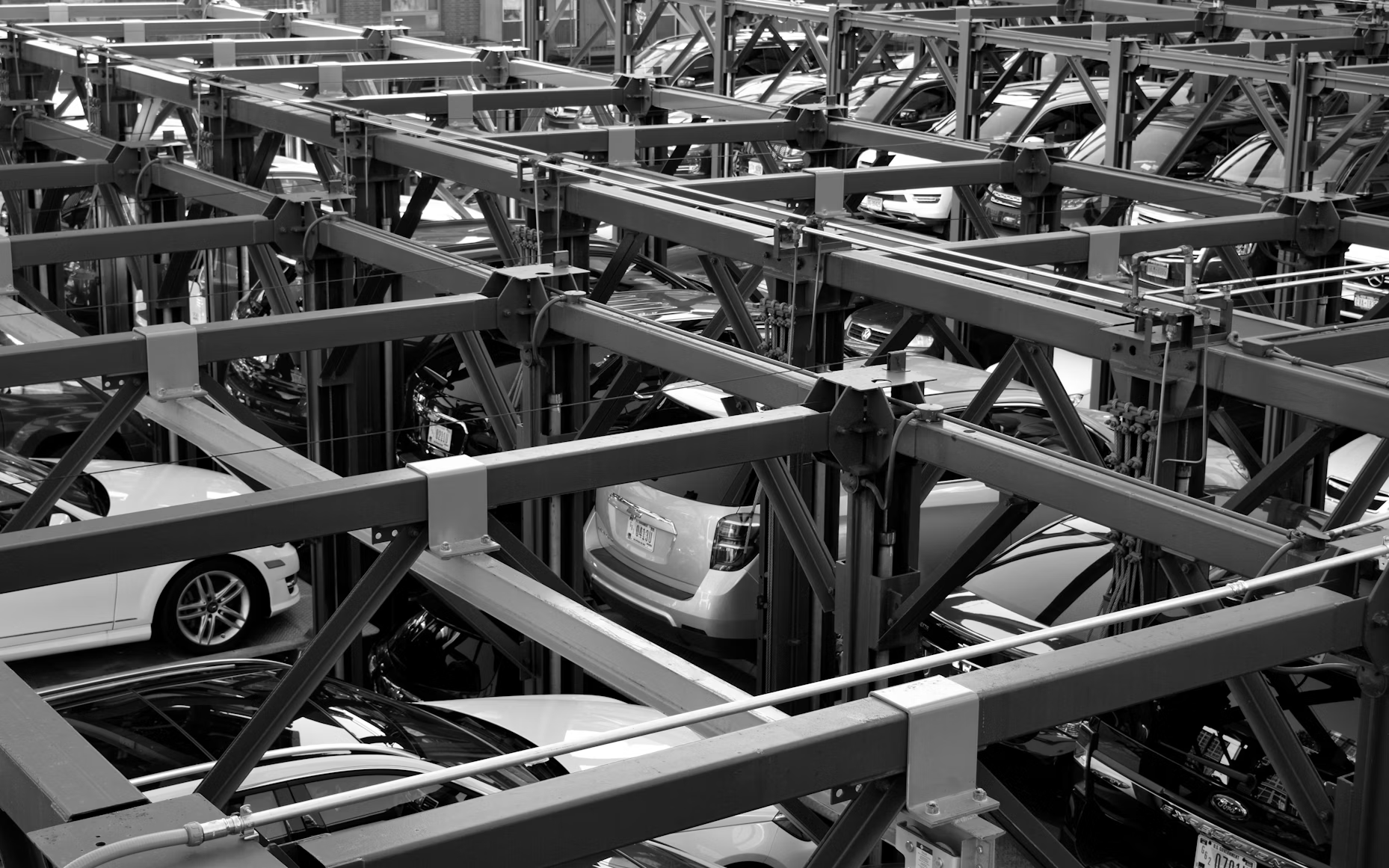
President Donald Trump's recent announcement of a 25% tariff on all fully assembled vehicle imports represents the next step in his administration’s protectionist trade agenda, rooted in the "America First" philosophy that has defined his presidency. This policy builds upon earlier measures, such as tariffs on steel, aluminium, and Chinese goods, with an aim, among others, to address trade deficits and revitalise the U.S. manufacturing industry, particularly in the auto sector. Historically, the U.S. auto industry has been a bedrock of the nation’s industrial might with the likes of Ford, but globalisation and trade agreements like NAFTA shifted production to Mexico and Canada due to lower-cost manufacturing capability. Trump’s tariffs aim to reverse this trend by making imported vehicles more expensive, incentivising domestic production while offering a carve-out for auto parts to support American automakers reliant on global supply chains. This approach aligns with a mercantilist perspective, prioritising job creation in Rust Belt states, a key political base, over free-market principles and marks a significant departure from decades of U.S. trade policy favouring open markets.
The imposition of these tariffs will send manufacturers scrambling to secure their supply chain, disrupting current trends in the global auto industry. Domestically, U.S. automakers like GM, Ford, and Stellantis, which import vehicles or depend on foreign parts, are under immediate strategic and financial strain, with roughly half of cars sold in the U.S. being imported. Consumers may bear the brunt through higher vehicle prices, contradicting White House claims that costs will remain stable—a stance most economists challenge although it is yet to surface. Internationally, the tariffs have provoked sharp reactions from trading partners. Canada and Mexico, integrated with the U.S. via the USMCA, have threatened retaliation, with Ontario Premier Doug Ford pushing a "tariff-for-tariff" response. The EU and Japan have expressed regret, hinting at countermeasures that could escalate into a broader trade war. On the bright albeit longer-term side, this disruption may accelerate a shift toward regionalised production, with automakers considering relocating operations to the U.S. to evade duties, though such transitions demand serious investment and time, further complicating supply chains already stretched by global integration.
Looking forward, Trump’s auto tariffs could reshape the global auto industry and U.S. trade dynamics, though their long-term success remains uncertain with doubts sown around American excellence in recent times, especially over the electric vehicle market where China continues to dominate outside of the U.S. In the near term, they may boost manufacturing jobs in key states, fulfilling political promises, but at the expense of higher consumer costs and strained alliances. Over time, automakers shifting production to the U.S. will benefit its trade balance, as seen with Hyundai’s $21 billion expansion with 1,400 new direct jobs expected for its steel plant. Legal challenges are another aspect to consider, with countries possibly contesting the tariffs under USMCA or WTO rules, while domestic backlash from port states like Maryland that are reliant on global imports could gain momentum if job losses mount. Even with Trump’s declaration of the tariffs to be "permanent", it will hinge on their economic outcomes, as failure to deliver growth or significant enough disruptions could pressure a rollback by 2029. Strategically, the policy gambles on short-term gains against long-term risks, leaving the auto industry and U.S. trade policy at a critical crossroads.
Source: Moneycontrol, Kyodonews, AP, Bloomberg
Photos: Unsplash
